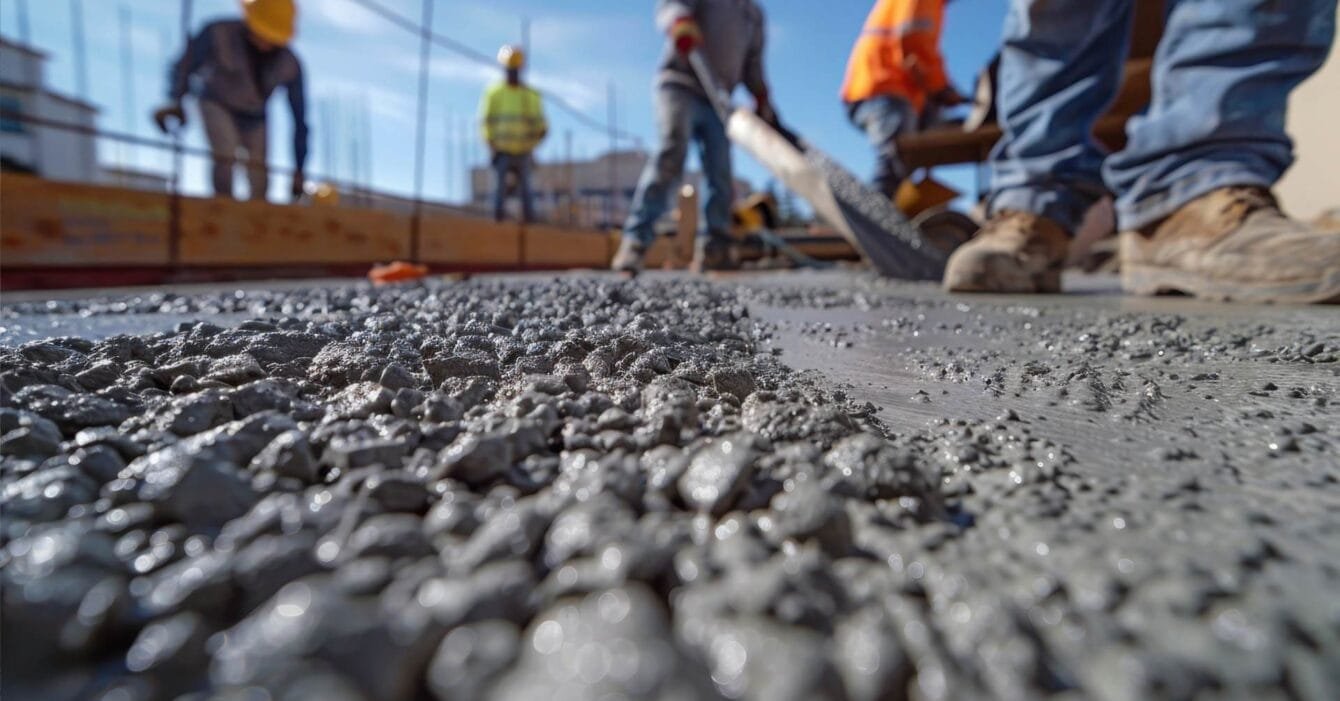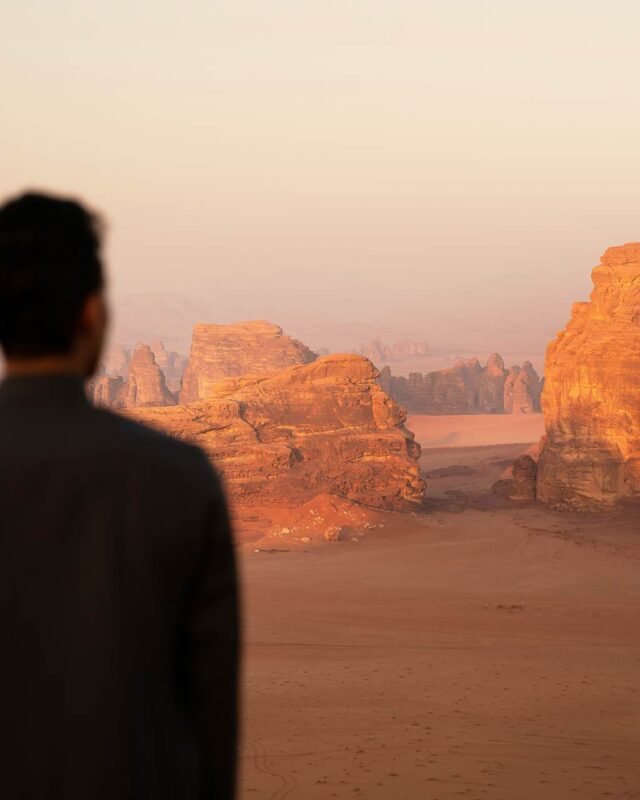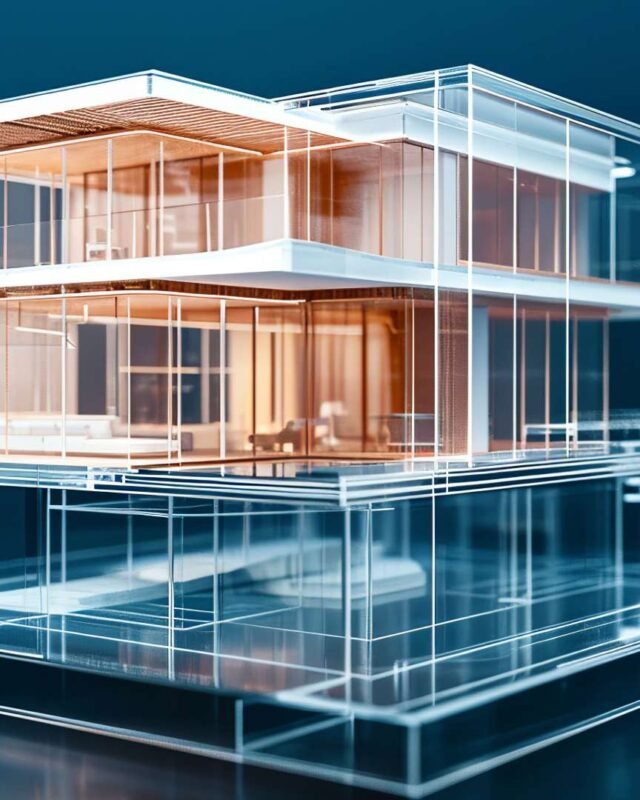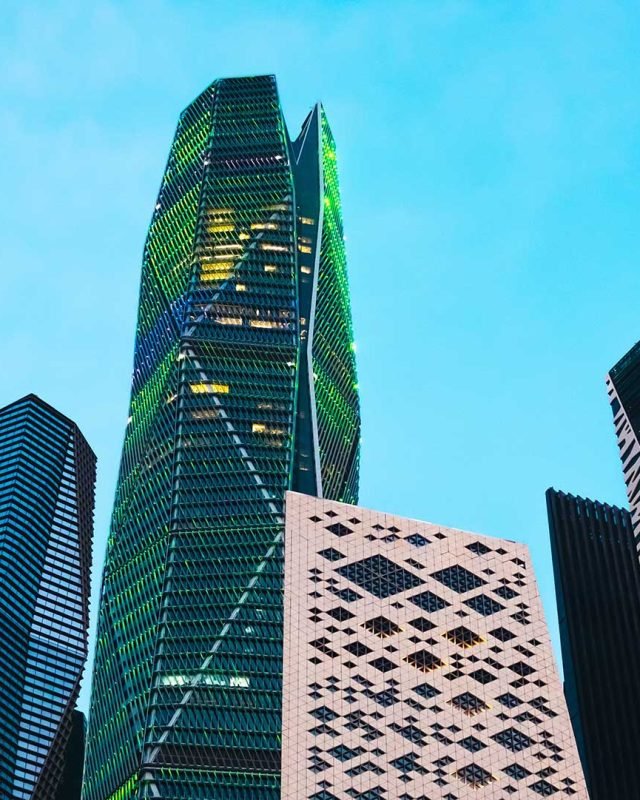Smart Construction Materials in Saudi Arabia
As Saudi Arabia advances its Vision 2030 goals, the adoption of smart construction materials like self-healing concrete and energy-efficient solutions is playing a pivotal role in shaping the future of its infrastructure.
These materials are not just improving the durability and sustainability of buildings—they are also reducing maintenance costs and promoting environmental responsibility, key priorities for the Kingdom’s ambitious development agenda.
Self-Healing Concrete: A Game Changer
Self-healing concrete is at the forefront of the smart materials revolution. Engineered with special bacteria or polymers, this material has the ability to autonomously repair cracks, significantly reducing maintenance needs and extending the lifespan of structures.
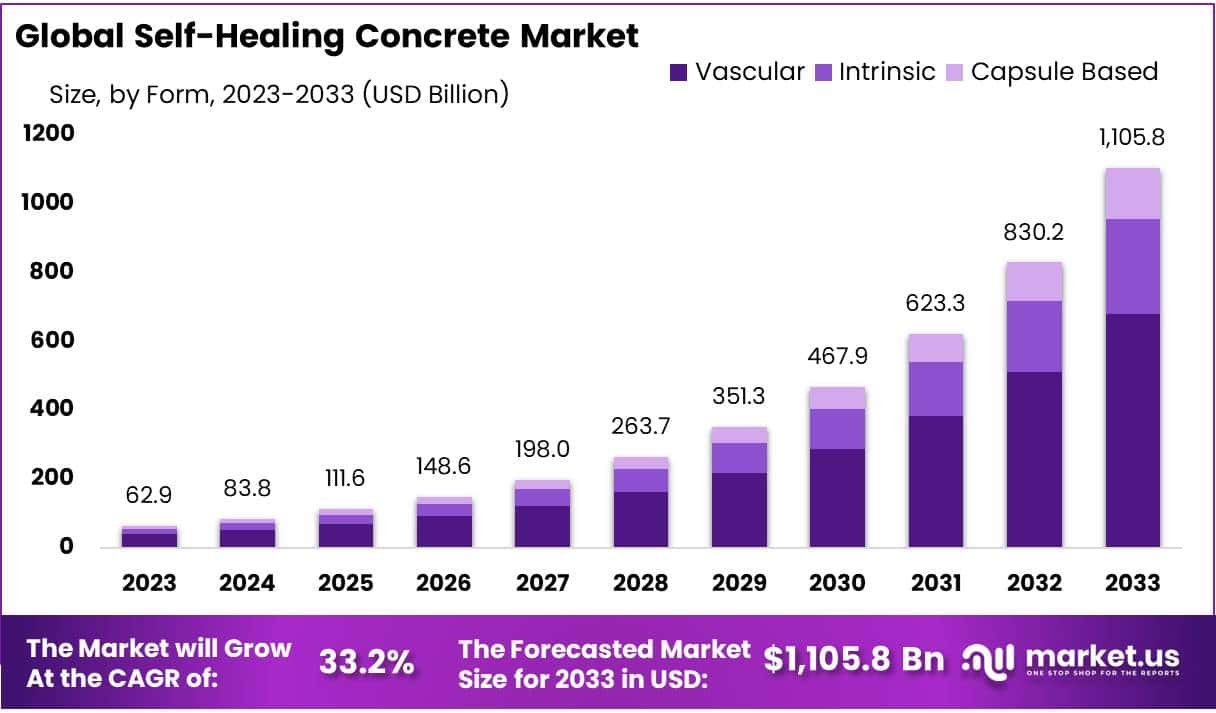
Globally, the market for self-healing concrete is projected to grow from $62.9 billion in 2023 to $1,105.8 billion by 2033, at an impressive CAGR of 33.2%. This rapid adoption highlights its potential to revolutionize infrastructure projects worldwide.
In Saudi Arabia, where large-scale infrastructure initiatives such as NEOM and the Red Sea Project are underway, incorporating self-healing concrete offers a clear advantage. By enhancing the longevity of structures exposed to harsh desert climates, this material aligns perfectly with the nation’s focus on sustainable and durable infrastructure.
Energy-Efficient Materials: A Sustainable Approach
Energy-efficient materials, such as advanced insulation, reflective coatings, and smart glass, are equally crucial in the drive for sustainability. These materials play a significant role in reducing energy consumption by maintaining optimal indoor temperatures, which minimizes reliance on air conditioning systems—a key consideration in Saudi Arabia’s hot climate.
As the Kingdom aims to reduce its carbon footprint, the integration of energy-efficient materials has become a priority. Smart city developments like NEOM are already embracing these technologies, creating buildings that consume less energy while offering higher comfort levels for residents.
Additionally, the global trend towards sustainable construction is fueling growth in Saudi Arabia’s smart building market, further emphasizing the importance of energy-efficient materials in shaping future projects.
Also Read: Green Construction Technologies Shaping Saudi Arabia’s Sustainable Future
Applications in Major Saudi Projects
Saudi Arabia’s construction landscape provides an ideal platform for integrating smart construction materials into high-profile projects:
1. NEOM
The $500 billion NEOM project, a futuristic city on the Red Sea, is a prime example of smart construction. It incorporates cutting-edge materials to ensure sustainability, from self-healing concrete for infrastructure durability to energy-efficient designs that optimize resource use.
2. The Red Sea Project
This luxury tourism development relies on innovative materials to meet its sustainability goals. Energy-efficient building solutions ensure minimal environmental impact while maintaining high standards of construction and design.
3. The Line
A linear city within NEOM, The Line features groundbreaking construction techniques and materials, showcasing how smart materials can redefine urban living while aligning with environmental goals.
Why Smart Construction Materials Matter for Saudi Arabia
The adoption of smart construction materials offers several benefits for Saudi Arabia’s rapidly evolving infrastructure:
- Longevity and Durability: Materials like self-healing concrete significantly reduce wear and tear, extending the lifespan of buildings and infrastructure.
- Cost Efficiency: By lowering maintenance costs and energy consumption, smart materials provide a long-term economic advantage.
- Sustainability: Energy-efficient materials reduce carbon emissions, aligning with Saudi Arabia’s commitments to environmental responsibility.
- Innovation Leadership: By embracing these technologies, the Kingdom positions itself as a leader in construction innovation, setting benchmarks for other nations.
Challenges and Opportunities
While the integration of smart construction materials offers immense potential, challenges remain. High initial costs and the need for skilled labor to handle these advanced technologies can pose hurdles. However, the benefits far outweigh the challenges, especially as Saudi Arabia ramps up its investments in research, development, and training to overcome these barriers.
The Kingdom’s commitment to fostering innovation ensures that these challenges will be addressed, allowing smart materials to become a standard in its construction practices.
Conclusion
The adoption of smart construction materials like self-healing concrete and energy-efficient solutions is revolutionizing Saudi Arabia’s construction sector. These advancements promise enhanced durability, sustainability, and cost-effectiveness, aligning seamlessly with Vision 2030’s goals.
By integrating these materials into landmark projects such as NEOM and the Red Sea Project, Saudi Arabia is not only reshaping its urban landscape but also positioning itself as a global leader in construction innovation. As the demand for sustainable and durable infrastructure grows, the Kingdom’s proactive approach ensures a resilient and forward-thinking built environment for generations to come.
